The Orchidary was founded in 2010 under the support of the Tropical Research Center (CITRO); with external funding obtained by its coordinator Dr. Rebeca Alicia Menchaca, the facilities were built and the Orquidario equipment was acquired. This facility belongs to the Tropical Research Center and is managed by the Universidad Veracruzana, and is registered as an Environmental Management Unit (UMA SEMARNAT In viv 0129 Ver / 11) for the conservation of wildlife.
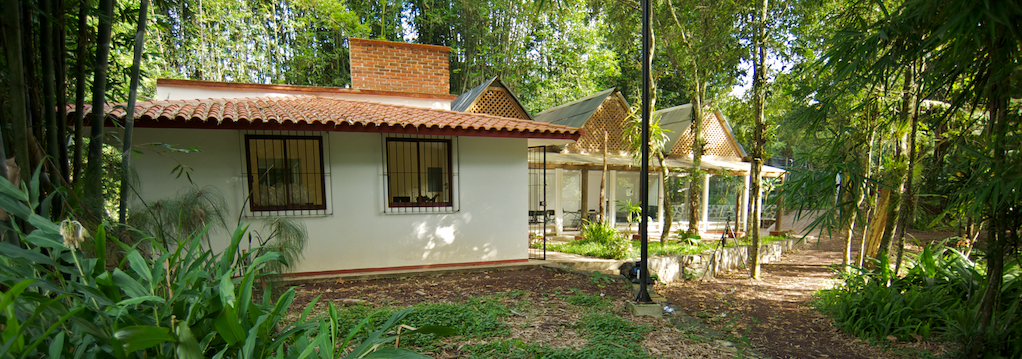
The Orchidary was created as a research site with the purpose of conserving genetic material unique to Mexico, of great ecological, environmental and cultural value. Its mission is immersed in the main objectives of the Tropical Research Center, which are: to carry out applied research, education and extension activities related to the sustainable use and management of the natural and cultural resources of the tropics. There is also a volunteer program in which students from the Bachelor of Biology and Agronomy participate.
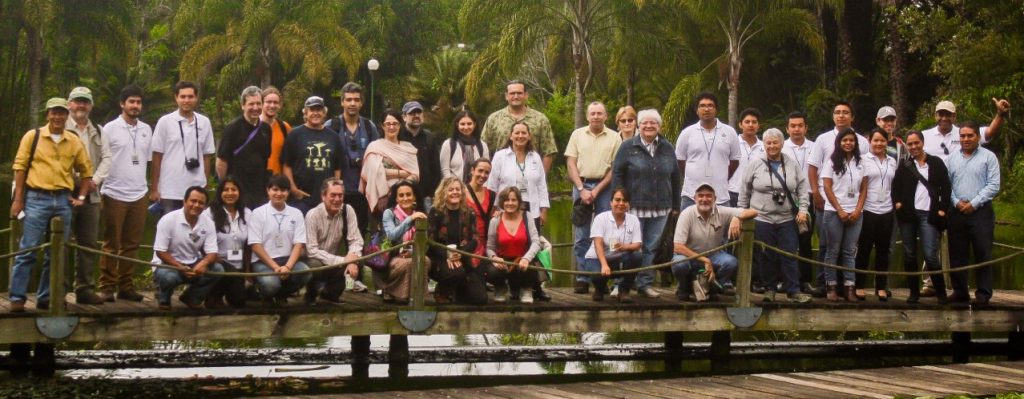
Nine years after its founding, the Orchidary has the following work areas: Mircropropagation laboratory, multipurpose room, two shades and nursery «Xanath, vanilla house». It is located within a mountain mesophyll forest conservation area and next to a lake. It has water, electricity, telephone and internet services, it also has a filter for drinking water, a wastewater treatment plant consisting of a biodigester of waste and filtration cells, uses a solar heater and has a compost.
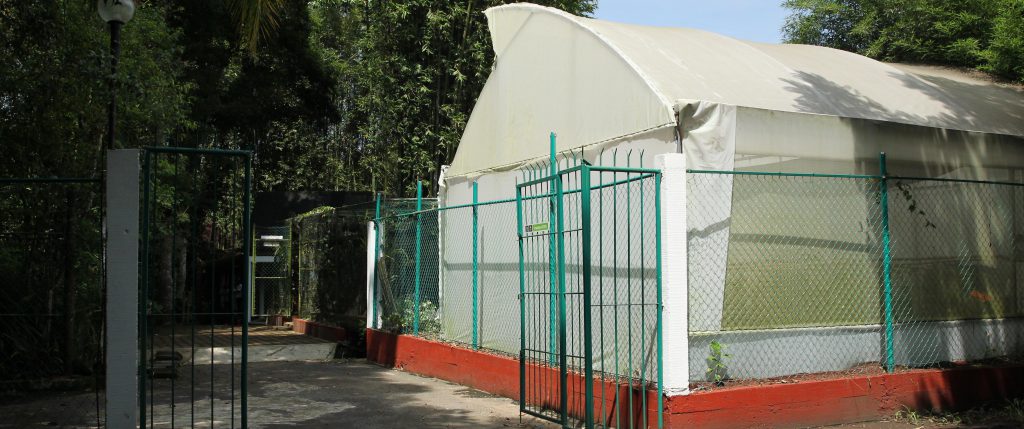
What do we do in the Orchidary?
In the Orchidary, applied research, education and extension activities are carried out related to the use and sustainable management of the natural and cultural resources of the tropical zones. Currently research projects are carried out with different species of ornamental orchids and especially with species that are in some risk category of the Official Mexican Standard, NOM-059-SEMARNAT-2010, through different thesis projects of students of the Faculty of Biology, Agronomy and the postgraduate program in Tropical Ecology of CITRO that include in vitro micropropagation as well as the conservation of orchid germplasm. We work with the acclimatization of propagated species for the reintroduction of threatened species in their natural distribution areas.
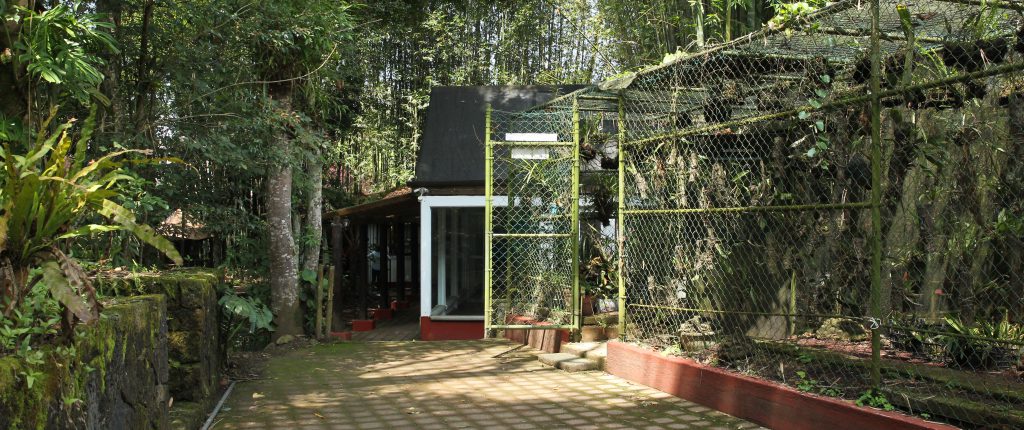
Activities
Protection. The Orquidary serves as a legal depository for seizures of orchids and other related plants, in order to care for and preserve these specimens.
Reproduction. The objective of the Orquidary is the propagation of species, especially those found in NOM-059-SEMARNAT-2010. The forms of propagation are: vegetative or asexual in the nursery and in in vitro conditions through a micropropagation laboratory, in order to increase the number of individuals per species and counteract the decrease of these in the natural environment.
Reintroduction. With the production of new legally propagated plants, the long-term objective is to propose to SEMARNAT a program of reintroduction of orchid specimens to their natural habitat.
Research. Through the program of propagation of threatened species, micropropagation protocols are generated, specific to each species, contributing significantly to the research that is generated on this family.
Exhibit. The Orquidary organizes exhibitions of its copies, in which information is transmitted on the importance and vulnerability of these.
Environmental education. The Orquidary aims to transmit information and knowledge about the importance, research and care of these plants to university students, elementary and secondary schools, researchers and the general public.

On-site management scheme
1. Obtaining mother plants:
The UMA serves as the legal depository for species confiscated by PROFEPA. From them, the mother plants are obtained to take out the seeds and propagate them.
2. Micropropagation in the laboratory:
The seeds obtained are propagated under in vitro conditions in the laboratory of the Orquidary.
3. Support to producers:
The plants obtained in the laboratory can be donated to rural producers for legal commercialization in family or community nurseries.
4. Research and linking:
Generation of micropropagation protocols for risk species; Bachelor and Master Thesis. Courses for students and producers.
Main projects
Conservation and propagation of species in risk category
This project seeks to reproduce massively species that are in some risk category (Stanhopea tigrina, Stanhopea oculata, Gongora galeata, Gongora galeata, Laelia anceps, Vanilla planifolia, Coryanthes picturata). Subsequently, the specimens are donated to rural producers so that they can commercialize them legally in their nurseries.
The form of reproduction of the species is done in two ways: through sexual reproduction and vegetative reproduction. During the flowering of the species, manual pollination of the specimens is carried out to produce seed and harvest the fruit in a pre-mature state. These open to release their seeds, which are stored in paper envelopes. The seeds are sown through micropropagation in vitro, with which a much larger number of plants is obtained than those generated by asexual reproduction. Once the plants grow enough they are released in a greenhouse where they will develop until they start their reproductive stage.

In situ conservation and field research
Observation research and monitoring of threatened orchid populations in the natural habitat.

Conservation, management and knowledge of vanilla
In this project the propagation of vanilla genetic material (Vanilla planifolia) is considered. Micropropagation protocols are generated under in vitro conditions and producers are supported for the establishment of the Environmental Management Unit and the subsequent commercialization of their products.
Exhibitions, fairs, conferences and courses are held to showcase the vanilla, its history and the products derived from this plant. Projects are carried out to deal with environmental changes due to climate change that affect the vanilla crop, generating, among other actions, genetic variations resistant to the increase in temperature and promoting cultivation in traditional agroforestry systems, which have a buffer function towards severe climatic variations.
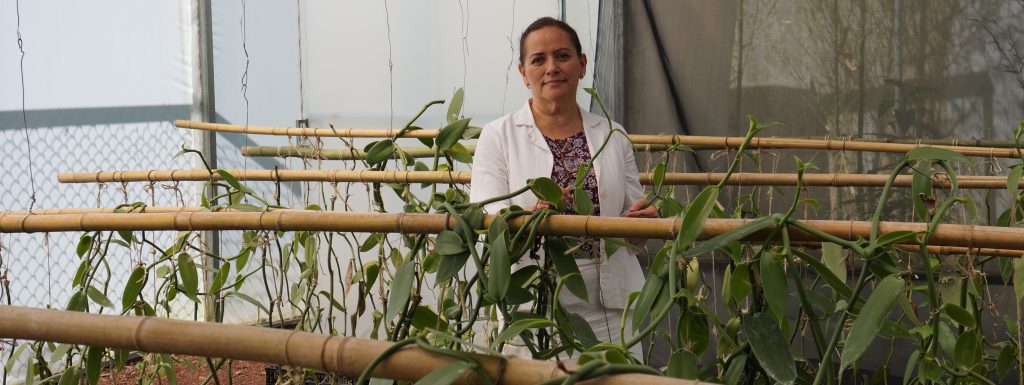
Germoplasm Bank
The in vitro collection of the Orquidary serves as a national germplasm bank. This bank has the purpose of safeguarding material with an important genetic value. It is contemplated that future transfers of genetic material with other germplasm banks in the country may be carried out.
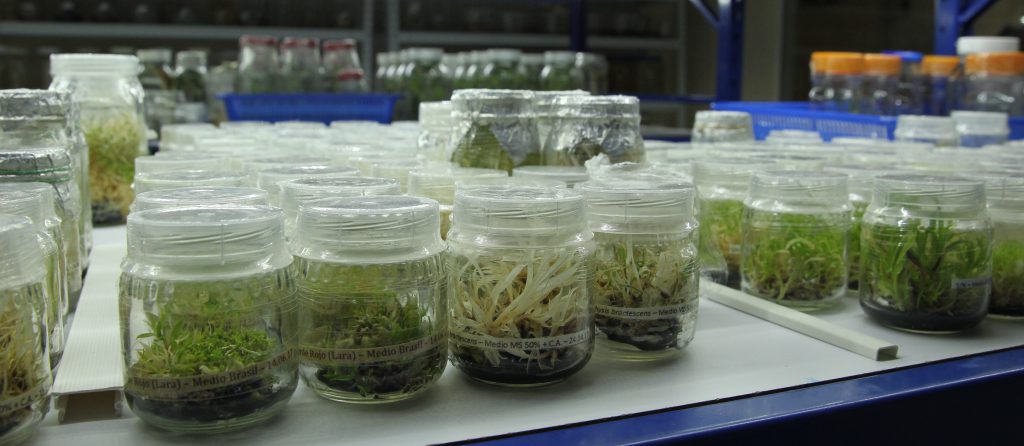
Orchid species of the Orchidary
There is a great diversity of species that are managed in the Orquidary: Vanilla planifolia, Vanilla pompona, Brassia maculata, Brassia verrucosa, Trichopilia tortilis, Rossioglossum grande, Dichaeae glauca, Dichaea muricatoides, Lycaste skinneri, Lycaste aromatica, Lycaste consobrina and Lycaste deppei, amongst others.
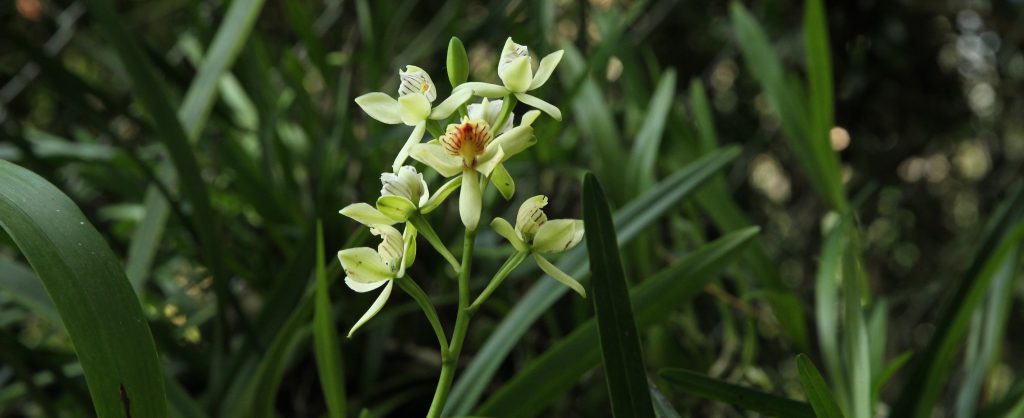
Contact:
PhD. Rebeca Alicia Menchaca García
Telephone: 22 81 86 22 43.
Email: rebecamenchaca@hotmail.com, rmenchaca@uv.mx
